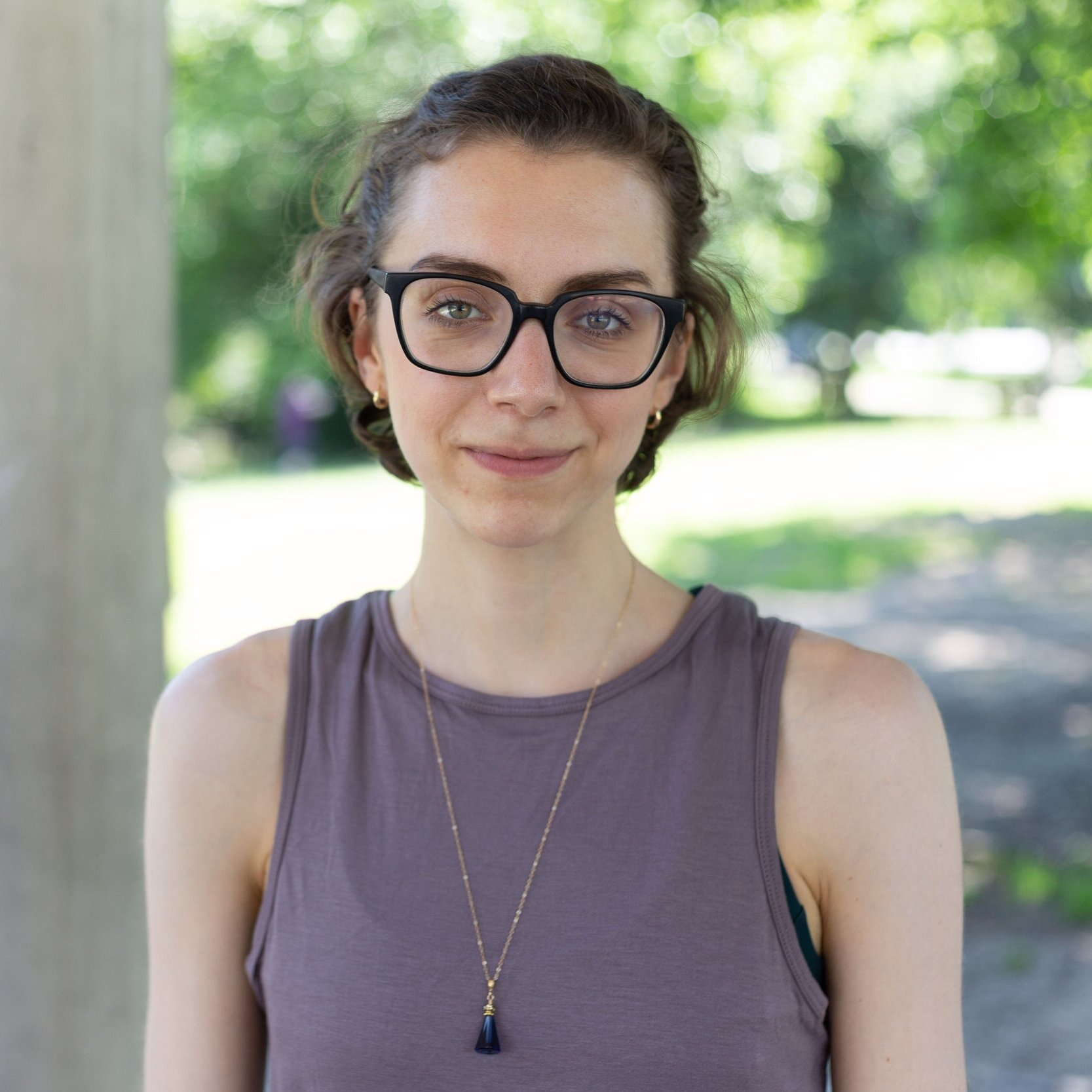By Jennifer Kurdyla
“And may I see your tongue?” After several years of peering at my own tongue in the mirror every morning, and a week of looking at my classmates’ tongues during an AHC module at school, I was still nervous asking my first client to open her mouth for this integral part of our intake session. What made it even stranger, though, were the cues I had to give to actually be able to see her tongue: “Can you tilt your chin down a little, open wider, and say ‘aaaaah’? There, stop, now just hold it there!” The consultation was taking place over Zoom, and despite the clarity of our video connection, peering into the dark recesses of someone’s mouth probably wasn’t top of mind when laptop cameras were developed.
Practically overnight, the slightly nerve-wracking, totally rewarding, experience of working with clients one-on-one got a whole lot more complicated—and Ayurveda programs like mine couldn’t have had the foresight to prep my class of budding health counselors in the art of online consults. Word of the spread of COVID-19 in the United States had just started to pepper news headlines during the aforementioned training module at the end of February 2020, and while hand sanitizer and Clorox wipes were in plentiful supply (along with coughs and sneezes and mucus, for that matter) in the center where my class gathered to study for ten days, no one was prepared for what would unfold in a matter of weeks. The global pandemic continues to create devastating losses, including closing the doors of many Ayurvedic schools, yoga centers, and other places of wellness around the world where Ayurveda is practiced.
For me as a student of Ayurveda, the loss was manifold. My program, which I deliberately chose over others for the in-person learning environment, was put on indefinite pause, preventing me and my classmates from making dough bastis together in the kitchen, conducting our daily morning sadhana in the clear mountain air, and attending our graduation ceremony where we’d be together with friends and family, hug freely, and drink chai. Still, we were able to finish the program virtually and had a lovely and moving close to complete this transformative experience. Our dean and teachers sent us off with a missive that felt both scary and imperative: to embody Ayurveda even when it felt impossible in our uncertain world and to keep this healing art alive in a time where it was needed more than ever.
And indeed, here we are. Ayurveda is persisting, thriving even, in virtual classrooms, consulting rooms, personal and professional calls, kitchens and dorms and hospitals all over the world. This should come as no surprise, really—throughout its long history of this medical system, Ayurveda has been threatened by many forces, and yet it has always found its way back into the light. The principles of adaptation, presence, and integrity at the core of its teachings are what keep Ayurveda alive in the face of all of these obstacles. They’re also what we, as students and practitioners, can return to as inspiration to help us adapt our work to the current times and the needs of our clients.
As a new AHC, I am myself surprised by how the seeming obstacle of working online has turned into an asset. My program’s cohort is able to have regular Zoom sessions to not only keep in touch with each other, but also “talk shop” about what we’re seeing in our practices clinically and brainstorm ideas for our individual offerings. Rather than being restricted by geography (which for me includes a fair amount of competition, since I live in a wellness-heavy city), I’m able to work with people in different time zones and countries one-on-one and in group settings. I’ve had to rethink my business strategy overall, but knowing that I can take and teach Ayurveda wherever I am has freed up the idea of where I call home, allowing me to live Ayurveda with more authenticity. As such, I can see how the way I teach, write, and create offerings is much more innovative and responsive to the needs of the moment, rather than a reaction to the “marketplace” or an attempt to keep up with my peers on social media. I feel that I’m planting seeds in more resilient and adaptable soil, and that I’ll be able to harvest good fruit from them for my clients and students for a long time.
Whether you see the current situation as a glass half empty or half full, Ayurveda asks us to see the situation clearly for what it is. In making decisions that support our ability to study and practice while sustaining our basic needs, there’s no wrong way we can go. Rather than resorting to worrisome extremes—I’ll never be able to take someone’s pulse again, or I’ll never be able to graduate now!—we can all practice taking the middle path and surrendering to the truth of our new world as it changes breath by breath. The macrocosm may be reflected in our microcosm, but the way we tend to our microcosms will ultimately reflect in the macrocosm with equal potency. By choosing to view the online Ayurveda universe through eyes of hope, compassion, and opportunity—whether we share the practices through our own self-care or helping others—we can take a mighty step forward in generating those qualities in the world at large.
About the Author
Jennifer Kurdyla is an Ayurvedic Health Counselor, yoga teacher, and writer. She is the co-author of the forthcoming cookbook, Root & Nourish: An Herbal Cookbook for Women's Wellness (Tiller Press, April 2021), and lives in Brooklyn, New York. Website: benourished.me | Instagram: @jenniferkurdyla.


